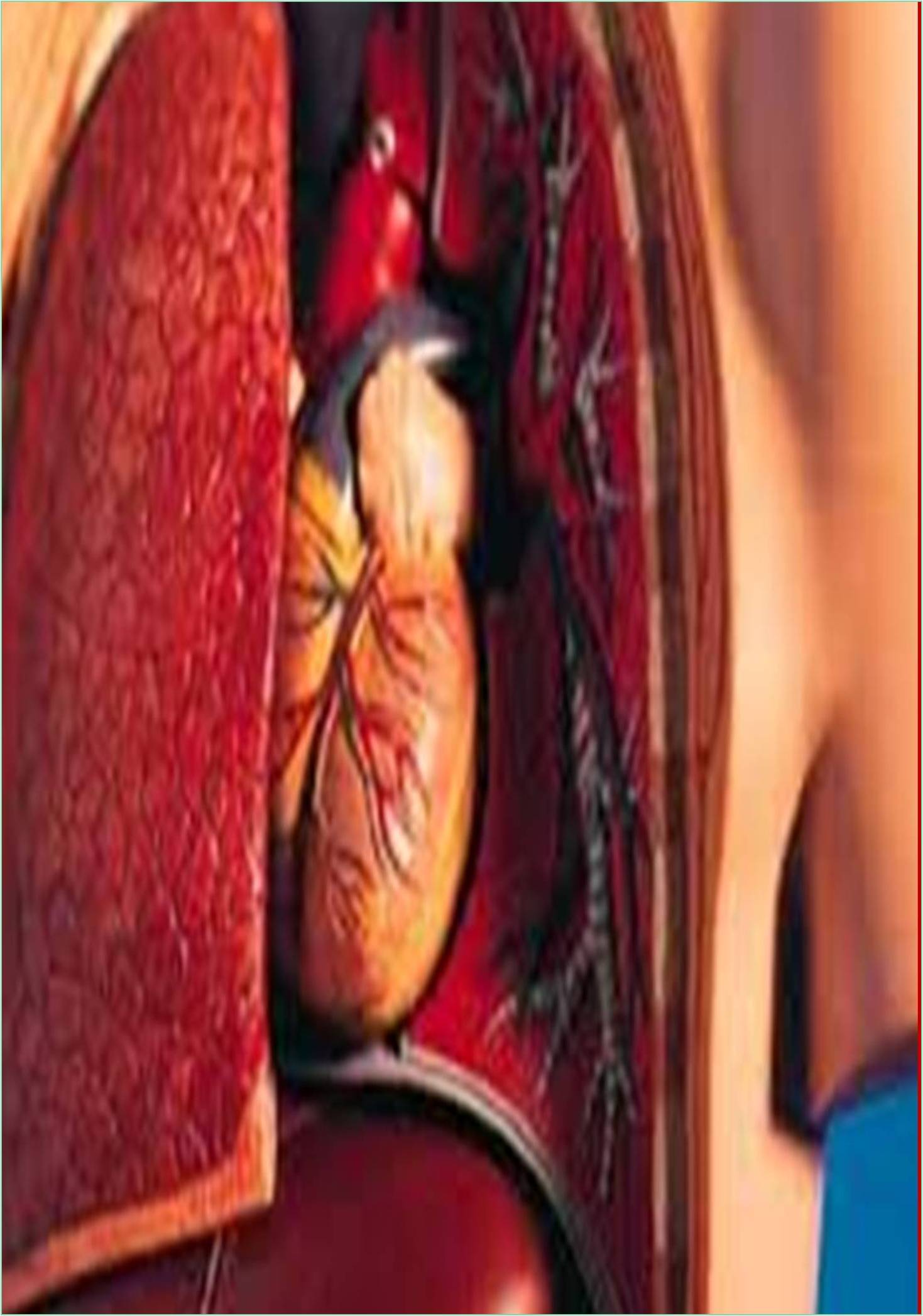



Received: 07-Feb-2022, Manuscript No. GJGC-22-59942; Editor assigned: 09-Feb-2022, Pre QC No. GJGC-22-59942 (PQ); Reviewed: 21-Feb-2022, QC No. GJGC-22-59942; Revised: 24-Feb-2022, Manuscript No. GJGC-22-59942 (R); Published: 28-Feb-2022
Atherosclerosis is the hidden reason for Coronary Conduit Infection (CAD) and a sickness of multifactorial etiology. Late examinations in atherosclerosis have been centered on irritation and Endoplasmic Reticulum (ER) stress giving new bits of knowledge into the system of the infection. The novel systems desperately required for recognizable proof of novel biomarkers, yet in addition to look for solutions for avoidance and treatment of this ailment. C-Respon- sive Protein (CRP) is accounted for to be a biomarker of aggravation in CAD and is appeared to effectively add to the infection pathology. Our information from in vitro investigations gave considerable proof that MMP-TIMP and RAGE-EN-RAGE cooperation’s alto- gether add to the path physiology of coronary supply route sickness. CRP was found to assume an expected job in the acceptance, enhancement, and prolongation of incendiary reaction in atherosclerosis by means of regulating these qualities and atorvas- tatin indicated the possibility to check the injurious impacts of CRP. In any case, it is apparent that oth- er than utilization of a few medications like statins, aggravation continues in CAD patients. Along these lines, we led concentrates with Terminaliaarjuna (TA), a therapeutic plant with a wide assortment of utiliza- tions in conventional medication and alluded to as a cardio tonic in Ayurveda arrangement of medication. Proof in writing exhibits that Terminalia arjuna like atorvastatin exhibits about their pleotropic properties, antithrombotic properties both in vitro just as in vivo and in trial creatures. Articulation of fiery qualities was seen as altogether diminished in vitro in a portion and time-subordinate way by Terminalia arjuna. Utilizing a systems biology approach, perceptions of the in vitro examination were additionally approved in a randomized, fake treatment controlled, two fold visually impaired clinical preliminary subjects with stable CAD who got either fake treatment or T. arjuna (500 mg two times every day; Himalaya) and were followed as long as a half year. It was appeared to lessen irritation and assumed an essential job in tweak of both cell and humoral invulnerability. Constant ER stress is involved in the path physiology of atherosclerosis and is seen as related with apoptosis. Examination work in our lab exhibited that the explicitly focused on early froth cell apoptosis through enactment of unfurled protein reac- tion path way. The information from our investigations recommends utilization of a multipronged approach uti- lizing novel treatments as far as blend/adjuvant treat- ment in clinical examinations using indigenous assets of restorative plants to forestall/treat complex issues, for example CAD.
Coronary conduit sickness creates when the significant veins that flexiblity of the heart become harmed or infected. Cholesterol-containing stores (plaques) in the coronary ateries and aggravation that are generally to fault for coronary supply route to infection.
The coronary courses gracefully blood, oxygen and supplements to the heart. A development of plaque can limit these supply routes, diminishing blood stream to the heart. In the end, the decreased blood stream may cause chest torment (angina), windedness, or other coronary supply route illness signs and indications. A total blockage can cause a cardiovascular failure.
Since coronary supply route infection frequently creates over decades, we probably won’t notice an issue until we have a note worthy blockage or a respiratory failure. Yet, we can find a way to forestall and treat coronary conduit ailment. A sound way of life can have a major effect.